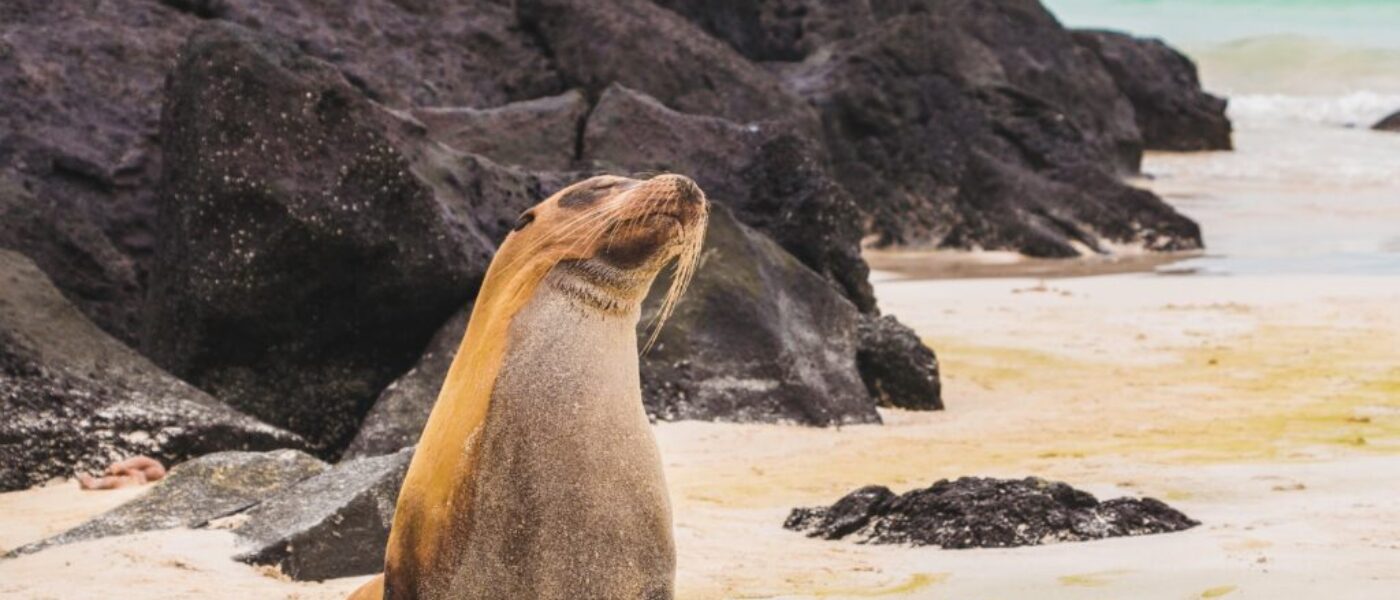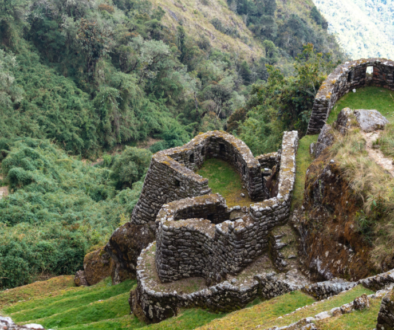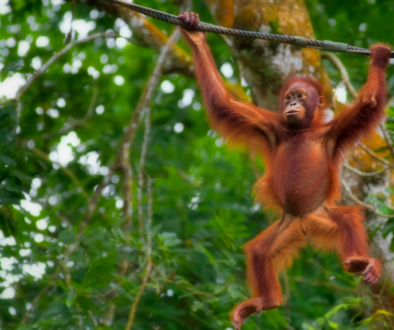The Galapagos Islands offer visitors the chance to see a wide variety of wildlife in their natural habitat. These unique islands are home to species that can be found nowhere else on Earth, including giant tortoises, marine iguanas, and flightless cormorants. Visitors to the Galapagos can also enjoy plenty of opportunities for snorkeling, swimming, and hiking. With its diverse landscape and abundance of wildlife, the Galapagos Islands provide a once-in-a-lifetime experience for travelers from all over the world.
The Galapagos Islands have a long and fascinating history. It was Charles Darwin’s visit to the Galapagos in 1835 that really put the islands on the map. During his stay, Darwin observed many different species of animals, including finches and iguanas. His observations led him to develop his theory of evolution by natural selection. Today, the Galapagos Islands are home to an abundance of wildlife, including many species that are found nowhere else in the world. As a result, they are considered to be one of the most important sites for conservation and research.
The Galapagos Islands had alwasy been on my South-American bucket list… and in 2016 when my then-partner and I were planning a trip to South America, I knew I wouldn’t be able to afford a trip to the Galapagos on a cruise or organised tour, which is typically how people experience the Galapagos… but I was determined not to let that stop me! I was convinced that I’d be able to have an authentic Galapagos experience if I DIY’d my trip, and boy was I right. With a bit of internet sleuthing, I was able to spend a week exploring the Galapagos Islands for less than $1000 (for two people!)
Here’s how I did it….
We opted for Island hopping between the 3 main (most populated) Islands of the Galapagos; Santa Criz, Isabela and San Cristobal. We booked our own accomodation on each Island, and then bought Ferry tickets (usually a day in advance) to travel to the next Island.
Public ferries only run between Santa Cruz (Puerto Ayora) and Isabela (Puerto Villamil) or between Santa Cruz (Puerto Ayora) and San Cristobal (Puerto Baquerizo Moreno). There are no public ferries between San Cristobal (Puerto Baquerizo Moreno) and Isabela (Puerto Villamil).

On Santa Cruz Island, the public ferry boats depart from the main pier area in downtown Puerto Ayora. On San Cristobal Island, the public ferry boats used to depart from the boat pier near Casa Blanca Hotel in Puerto Baquerizo Moreno. But a new pier was built in 2017, and which is not in the middle of town, across from the Police Station. On Isabela Island, the public ferry boats depart from the dock located outside of town. You’ll need to take a 15-20 walk there or hop in a taxi from town. The taxi should cost $1 per person, but for the early morning ferry they may charge $2 per person.
We booked our accomodation through Booking.com, and paid about $50AUD per night for two people for private rooms in cheap hotels or guesthouses.
Once you’ve got somewhere to base yourself on each Island, arranging your own activities is simple!
Santa Cruz
Santa Cruz is the main tourism hub for all of Galapagos, given its proximity to the airport on Baltra to the north. It is the only island in Galapagos where tourists can readily experience the interior and higher elevations of a Galapagos island.
My top reccomendations include:
A ten minute walk from the center of town, the Charles Darwin Research Station is the operational center of the international non-profit Charles Darwin Foundation. A visit to the Charles Darwin Research Station is included in many cruises. The visitor center contains exhibits dealing with climate and geography and provides insight into the evolution of flora and fauna as well as current conservation programs.
The trail to Tortuga Bay starts from the main street in Puerto Ayora and takes about an hour. The trail goes through the arid zone and many land birds can be seen along the way.
Santa Cruz also offers excellent opportunities for viewing wild tortoises, both roaming through pastures in the agricultural zone and in the Tortoise Reserve, which is accessible from Santa Rosa or Salasaca.

San Cristobal
The highlight of my trip to the Galapagos— and one of my top travel experiences to date— was swiming with Sea Lions. Sea lions are some of the most popular animals at the Galapagos Islands. These playful pups love to swim and play with divers and snorkelers, and it’s not uncommon to have one or two join you on your journey.
While staying on San Cristobal Island, we walked to La Loberia beach, anticipating that we’d get to encounter a Sea Lion or two… but what we found was the home of a large colony of sea lions, sunning themselves on the sand and swimming in the waves. We tried not to get too close to them, but even at a distance the pups are quite inquisitive, and we found that no matter where we went, they’d always find us and try to play!
I also recommend visiting the Interpretation center; it is free and doesn’t take long, and it’s one of the best sources of information you can find for a concise yet explanatory overview of natural and human history, geology, and conservation of the Galapagos. It is displayed in easy-to-read panels in English and Spanish.
Isla Isabela
Isabela is the island of marine iguanas, blue-footed boobies and pink flamingos. Here, you can find endless white beaches and a small town consisting of dirt roads. Sea lions resting in between the mangroves greeted us when we arrived.

A trip to Los Tuneles is also a must-do, offering a chance to swim under lava tunnels and explore unique scenery, and appreciate the land and marine life the Galapagos has to offer.





A visit to Flamingo Lake makes for a chance to see these beautiful birds in all their splendour definitely makes the list!
A hike to the second largest volcanic caldera in the world should also be on your list; find a local travel agent or tour company ion the island and arrange a hike of the Sierra Negra volcano. Isabela’s most active volcano is an impressive sight that no pictures can ever do justice.



